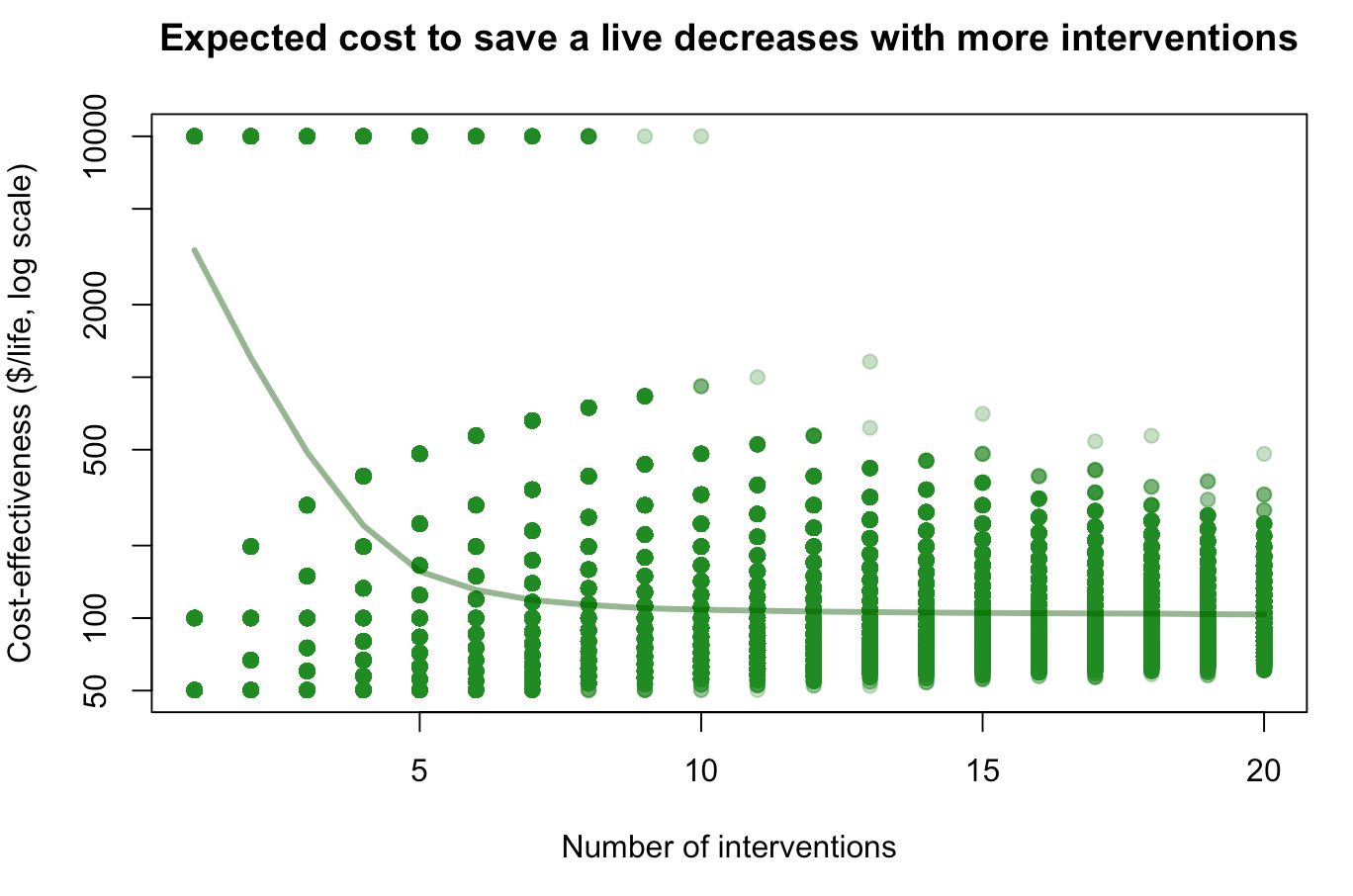
Jérémy Andréoletti🔸
Bio
Participation3
PhD student at ENS Paris in computational biology, pivoting from macroevolution to biosecurity 🦠 I co-founded EffiSciences, an organisation dedicated to promoting high-impact research in France (https://www.effisciences.org/en). I also co-started a local EA group at ENS.
Current EA projects:
- At EffiSciences, we have been writing a report on mission-driven research with concrete recommendations for the various stakeholders of French research, and are organising the second session of a seminar on this topic this semester.
- A couple of biosecurity projects (cf. recents posts).
How others can help me
Generally speaking, I'm happy to meet new people and discussing academic research, biosecurity or your areas of interest :-)
Currently I'm exploring career options after the end of my PhD (mid-2025)
- Postdoc in epidemiological modelling? If you're doing research in this area, I'd be very happy to chat!
- Research or project management role in an EA org? A little further out of my comfort zone. I'd find it helpful to talk to other people who've made this move to get feedback, or to employers to assess whether I have an interesting profile.
- Other suggestions?
How I can help others
I'm happy to share my experience in starting up a nonprofit. In the same vein, I can offer my thoughts on the impact of academic research and how to develop pipeline for high-impact research within universities.
Regarding my own research background, I am always keen to discuss species extinction and Bayesian inference methods <3
Posts 2
Comments2
Thanks for raising this question! Following other comment, I find the use of somewhat unsatisfactory.
Perhaps some of the confusion could be reduced by i) taking into account the number of interventions and ii) distinguishing the following two situations:
1. Epistemic uncertainty: the magic intervention will always save 1 life, or always save 100 lives, or always save 199 lives, we just don't know. In this case, one can repeat the intervention as many times as one wants, the expected cost-effectiveness will remain ~$3,400/life.
2. True randomness: sometimes the magic intervention will save 1 life, sometimes 100 lives, sometimes 199 lives. What happens then if you repeat it n times? If , your expectation is still ~$3400/life (tail risk of a single life saved). But the more interventions you do, the more you converge to a combined cost-effectiveness $100/life (see figure below), because failed interventions will probably be compensated by very successful ones.

(R code to reproduce the plot : X <- sample(1:20,1000000, replace=T) ; Y <- sapply(X,function(n)mean(10000*n/sum(sample(c(1,100,199), n, replace = T)))) ; plot(X, Y, log="y", pch=19, col=alpha("forestgreen", 0.3), xlab="Number of interventions", ylab="Cost-effectiveness ($/life, log scale)", main="Expected cost to save a live decreases with more interventions") ; lines(sort(unique(X)), sapply(sort(unique(X)), function(x)mean(Y[X==x])), lwd=3, col=alpha("darkgreen",0.5)))
I'm not sure how to translate this into practice, especially since you can consider EA interventions as a portfolio even if you don't repeat the intervention 10 times yourself. But do you find this framing useful?

The Lion, The Dove, The Monkey, and the Bees